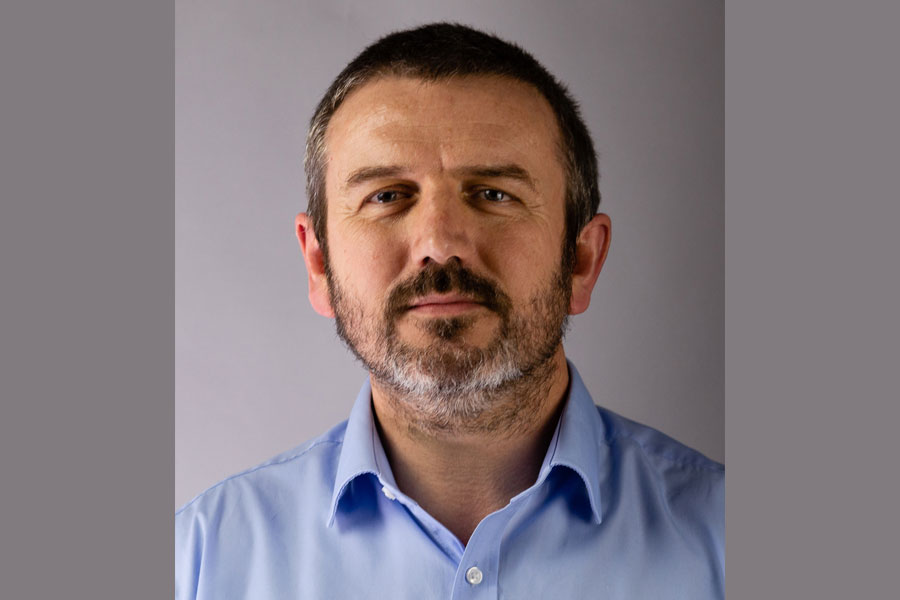Get to know Matt Longshaw, Senior Scientist (Aquaculture) at Calysta
What was your first job? What did you study at university?
My first “proper” job after my MSc was at the Marine Lab in Aberdeen where I worked on the taxonomy of parasites of deep-water fish from the south Atlantic and on wild sea trout in Scotland. Needless to say, my background is marine focused. I achieved a degree in biology focussing on marine and fish biology at the University of Plymouth, followed by a Masters in fisheries science and then later on, when I had a full-time job, I received my PhD in veterinary pathology.
Tell us more about your journey to becoming Senior Scientist
I’ve been a research scientist for most of my career. My first real foray into aquaculture was when I worked at a government lab on the south coast of England, where I focussed on the role of diseases in farmed and wild fish, and shellfish. I left Government science in 2014 and moved to a role in a commercial company where I developed medicines to treat diseases in farmed fish. The knowledge and skills I developed in these two roles led naturally to my current position where I get to understand how our protein can be used in animal nutrition.
What does a typical day-in-the life of a Senior Scientist at Calysta look like?
Every day is different. In my role I get to work with a range of people across the globe. On a typical day I could be discussing our accreditation plans with the team, or chatting with our commercial and academic partners to make sure we test our protein in a range of settings. Or, I could be applying for grant funding with those partners, or even writing manuscripts for scientific journals to spread the word about our work.
What excites you most about Calysta’s technology?
The idea of being able to sustainably grow bacteria on methane to reduce the impact of greenhouse gases whilst producing a protein that can be used in so many settings is exciting enough! However, more recently, we have been able to show that the protein acts as a postbiotic, meaning it has positive effects on gut health. I’m thrilled to be involved in the science that is beginning to unpick the underlying mechanisms for these changes and requirements as demand increases. As we continue on our journey to replace protein from non-sustainable sources with ours, we will no doubt continue to make exciting scientific discoveries.
Do you have any advice for someone aspiring to build a career in aquaculture?
Aquaculture is such a broad subject area that encompasses everything from biology, chemistry, physics, legal and regulatory, food science, nutrition, engineering, you name it. There are countless opportunities out there to suit any interest, no matter how niche. There are plenty of colleges and universities that have dedicated aquaculture courses and can give you a solid background in the subject. It’s also worth looking at the wide range of companies in aquaculture and contacting them directly regarding employment opportunities. A good place to start is exploring the SAIC Consortium network which has a great list of aquaculture companies and opportunities.
If you were stuck on a desert island and could only have with you one book, one movie and one song, what would they be?
Being practical, my book of choice would have to be the SAS Survival Handbook by Lofty Wiseman. Film choice is easy – The Blues Brothers. It’s got everything, music, dance, comedy, action scenes, love, quotable lines, and an amazing cast. My one song of choice would have to be Queen’s Bohemian Rhapsody because it invokes so many different memories and has been a staple throughout my life.
Who inspires you most?
My biggest inspiration is my wife. She works for the NHS is training to become an endoscopist, balancing study with working full time and learning a new skill. To relax she knits, cross stitches, or crochets and makes some amazing creations. Her ability to balance a hectic work schedule with the calmness of arts and crafts is something to behold!

